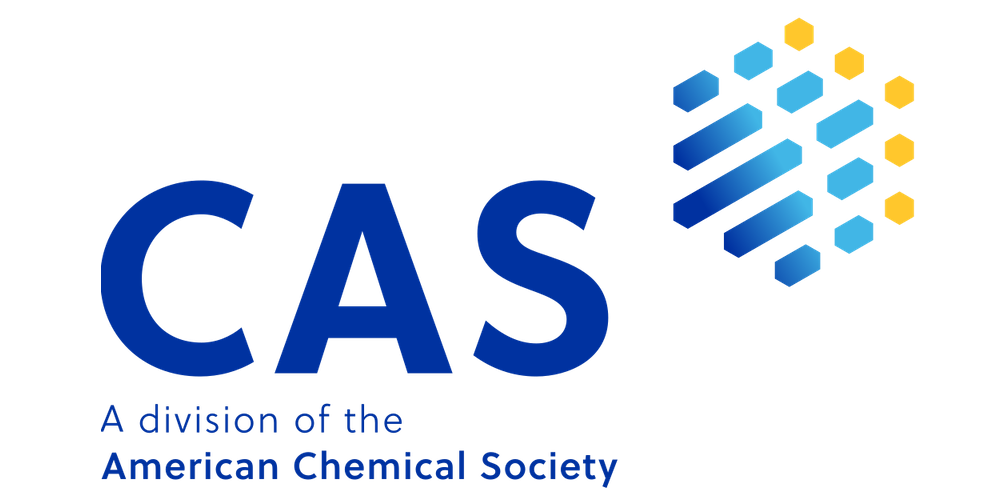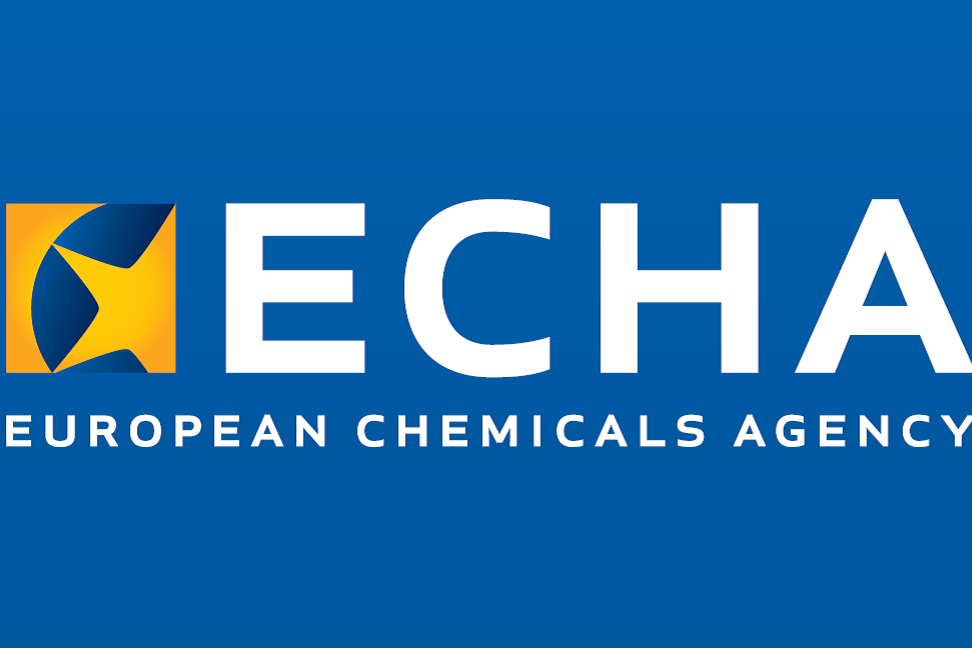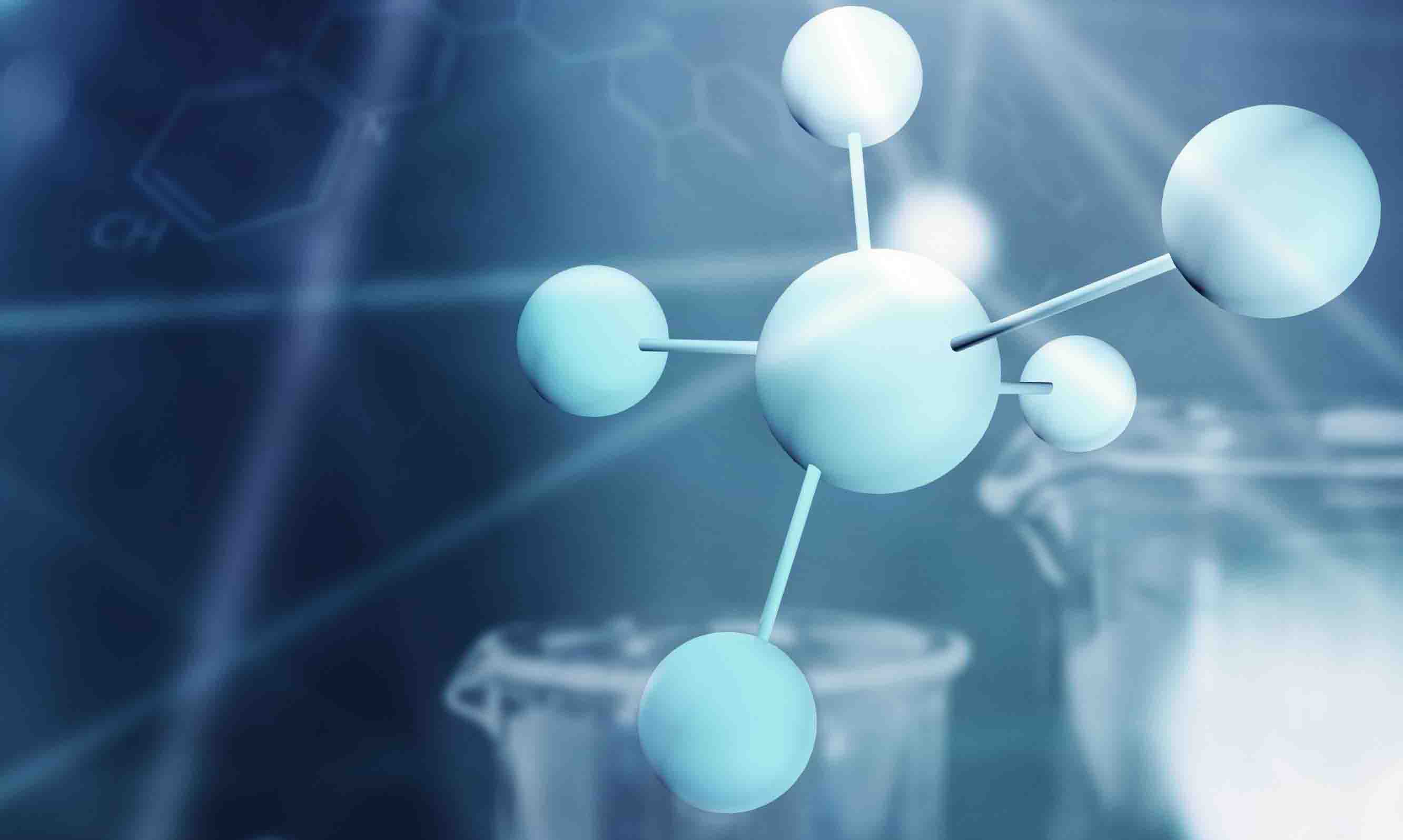Product
- Product
- Hydrotreated Vacuum Residuum
- Abbreviation
- VRDS
-

- #PS623
- Main Product
- Distillation Residuum
- Segment
- Refined Products
- Main-Family
- Refinery Liquids
- Sub-Family
- Residual Fuels
- Physical State
-
Liquid
Description
Your insights will be shown here
Product Communicator
| Title | Date |
|---|
Identifiers
-
 CAS Number
CAS Number
- 64742-57-0
-
 EC Number
EC Number
- 265-160-8
Chemical Data
- Specific Gravity
- 0.98
Crude Data
- API Gravity
- 12.887755102040813
- Country
Product Settings
- Default
- Status
- A
Content provided by
| Transaction | Name | Date |
|---|---|---|
| Modified by |
|
1/26/2025 10:00 PM |
| Added by |
|
12/8/2024 10:11 AM |







